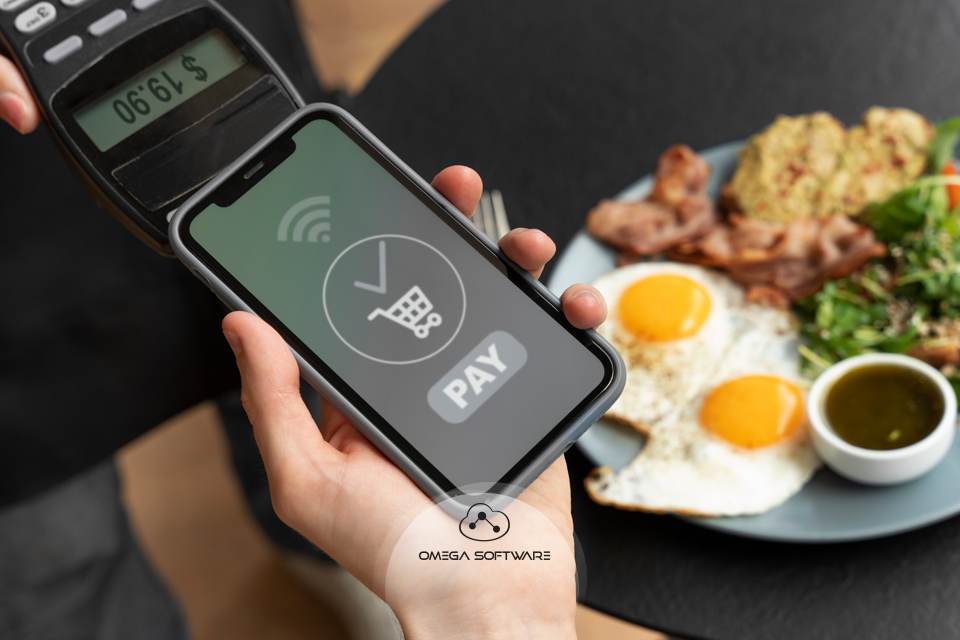The food industry has undergone a significant transformation in recent years, offering greater convenience while still providing tasty meals. The introduction of QR digital menus and contactless payments has made dining out more accessible and user-friendly for both customers and restaurant owners. These technologies have revolutionized the dining experience and are now considered essential in the food industry.
In this article, we will examine the benefits of QR digital menus and contactless payments.
- Enhanced Hygiene and Safety Standards:
In today’s post-pandemic world, hygiene is of utmost importance. QR digital menus have eliminated the need for physical menus, reducing touchpoints and the risk of germ transmission. Customers can access the menu quickly by scanning a QR code using their smartphones. This not only satisfies their taste buds but also aligns with the increased safety expectations.
- QR Codes: The Gateway to Culinary Exploration:
QR codes act as the gateway to a world of culinary exploration. These codes enable customers to access an interactive and visually appealing digital menu. Restaurants can showcase enticing images and detailed descriptions, and even provide allergen information, empowering customers to make informed choices that cater to their preferences.
- Streamlined Ordering with a Tap:
One of the primary advantages of QR digital menus is the streamlined ordering process. Customers can complete orders with just a few taps on their smartphones, eliminating the need for physical interaction with waitstaff. This enhances the overall dining experience and allows restaurants to optimize order processing, reduce wait times, and cater to a larger volume of customers.
- Contactless Payments: Speed, Security, and Convenience:
The integration of contactless payments further enhances the dining experience. Customers can complete transactions securely with a simple tap or scan, eliminating the need for physical cash or card handling. This not only speeds up the payment process but also aligns with the modern consumer’s preference for secure and convenient transactions.
- Eco-Friendly and Cost-Efficient:
QR digital menus contribute to environmental sustainability by reducing paper waste. Additionally, the cost efficiency of digital menus compared to traditional printed menus presents a compelling case for embracing this technology.
Conclusion:
In the competitive world of the food industry, QR digital menus and contactless payments stand out as symbols of innovation. These technologies cater to the changing expectations of diners, blending safety, convenience, and culinary excellence. Businesses that adopt these transformative technologies are carving out a delectable niche in the digital age of dining.

